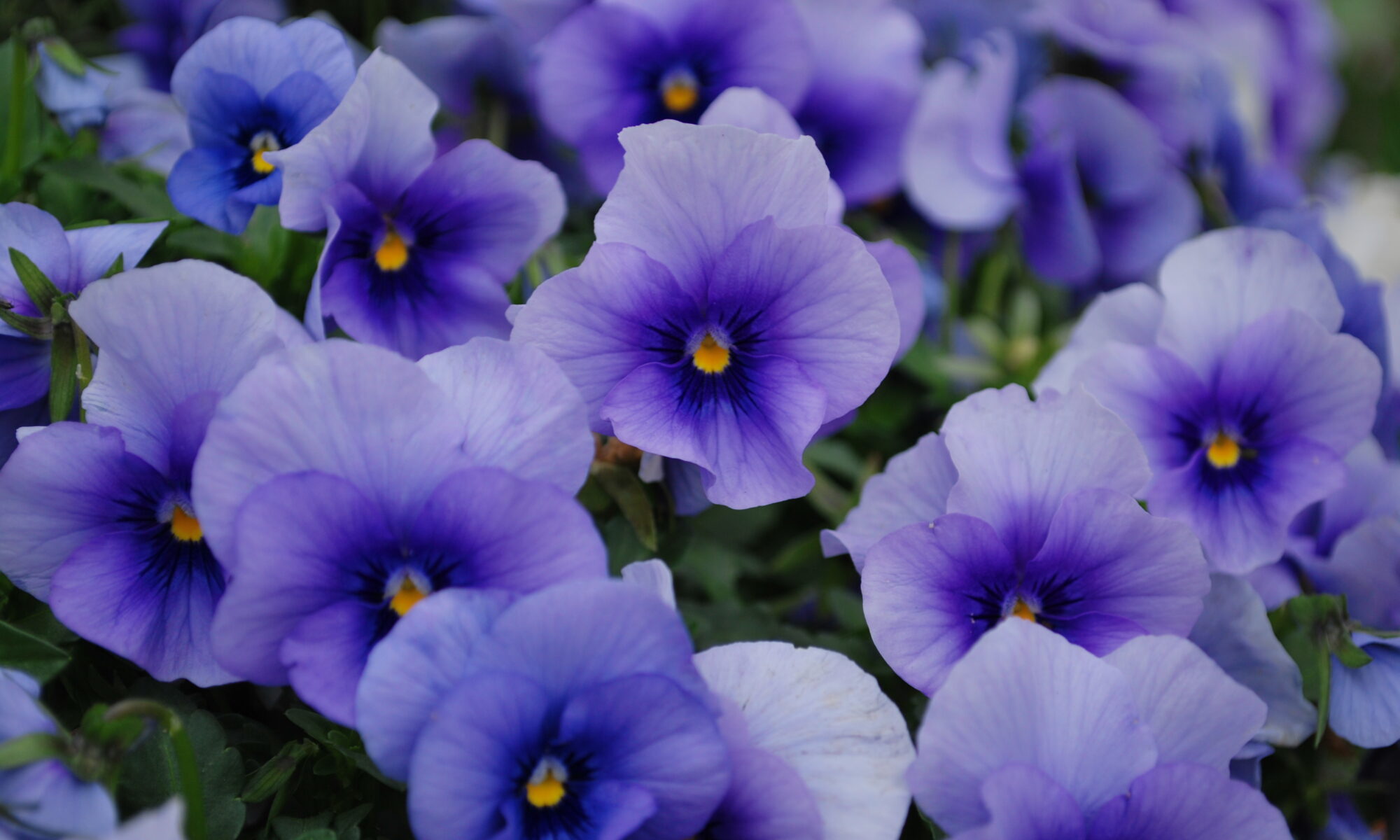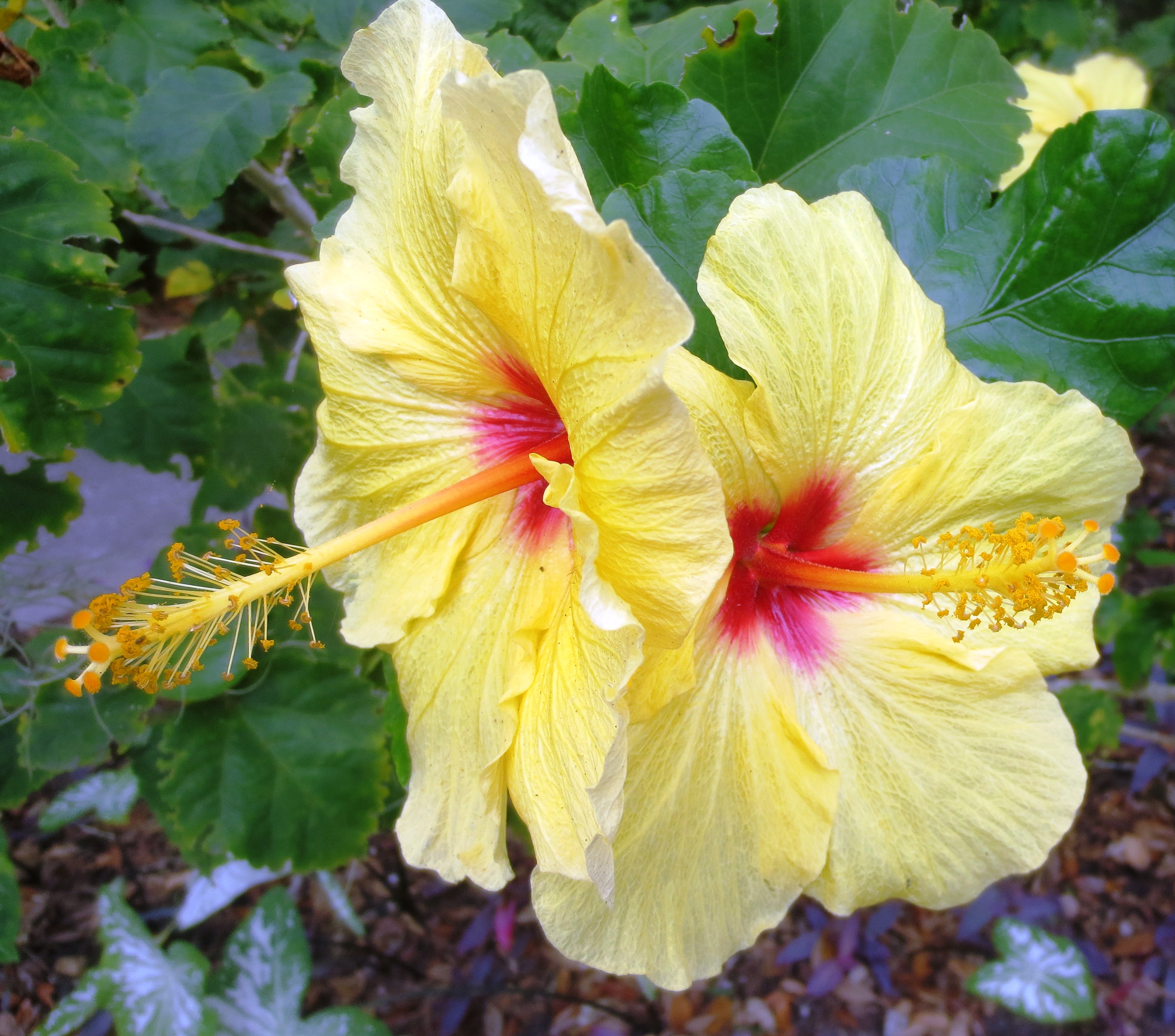Editor’s note from Susan: My sincere thanks to the Michigan Horticultural Therapy Association for giving us the opportunity to share this piece on guided imagery by Lesley Fleming, HTR. The script was originally written and published during the winter, but it can be adapted for a variety of groups and at any time of the year, especially at times when access to the outdoors is limited or in reminiscing or imagining about a visit to a tropical garden.
Text and photos by Lesley Fleming, HTR
Reprint permission granted by the Michigan Horticultural Therapy Association
One of the techniques used by horticultural therapists for a range of populations is guided imagery. The term guided imagery refers to a wide variety of mind/body techniques, including visualization and direct suggestion using imagery, metaphor, and storytelling.
Permission is granted to use the guided imagery script below. Consider having live plants or photos of the plants [to accompany the activity].
So as the cold days continue and shorter daylight hours affect your mood, think of beautiful flowers in every color of the rainbow. Close your eyes and picture yourself walking along a garden path. The birds are singing, and the breeze is deliciously warm. The flowers sway with the wind and bring a smile to your face.
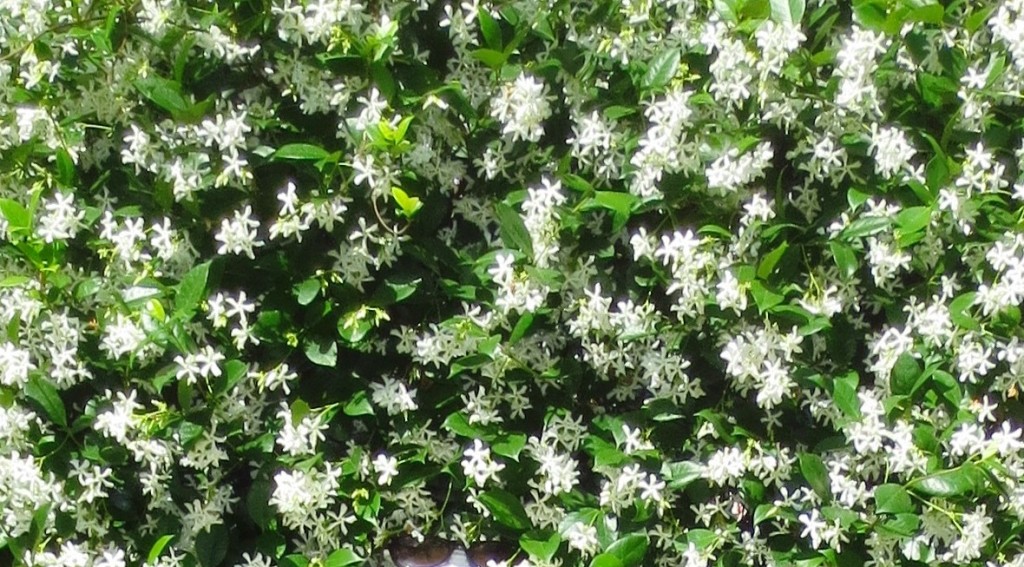
A lovely fragrance fills the air, not too sweet but enough to make you take notice. Opening your eyes to petite white star-shaped blossoms of Confederate jasmine (Trachelospermum jasminoides), the green leafed vine is wrapped up and over the arbor, climbing without tendrils. The mix of white and green is soothing, romantic, and fragrant. Am I remembering this from a wedding or a picture of a wedding?
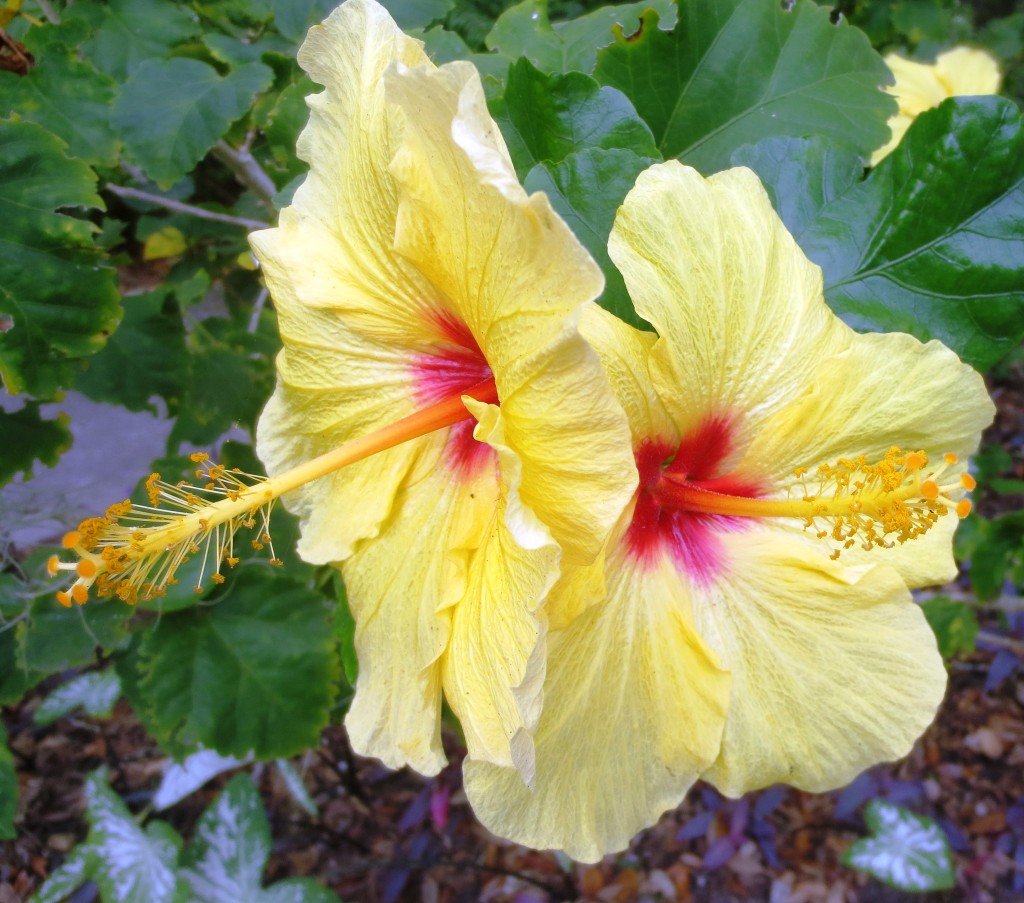
Moving deeper into the garden, a swath of color awaits. Hibiscus (Hibiscus rosa-sinensis cultivars) seems to be everywhere, in this garden and elsewhere. Those unfolding blooms that last but one day offer tropical shades of fuchsia, yellow, orange, and red. The shrub with more than 4,000 varieties seems to relish the warm weather, inviting ladies to wear a blossom in their hair or tempting one to make hibiscus tea for a hot sunny day.
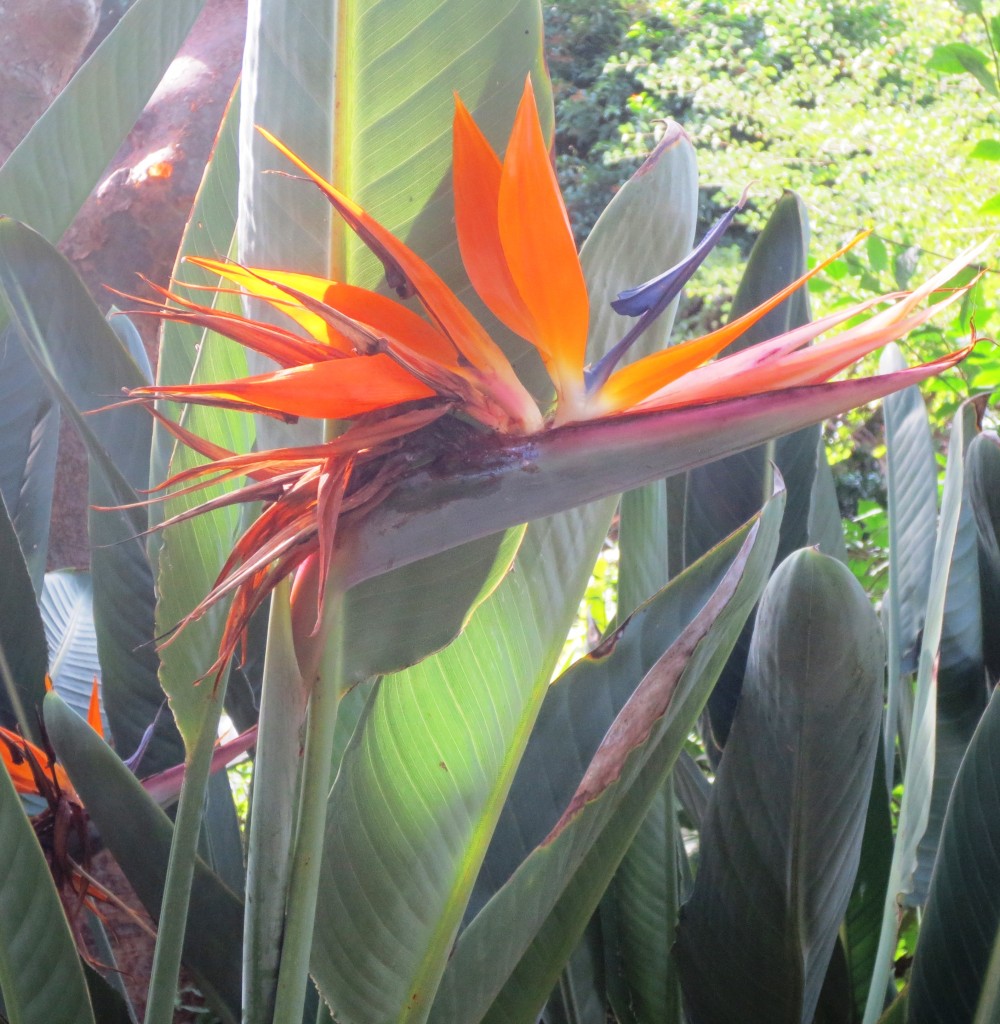
A taller plant with interesting shaped greenery is but a few steps away now. The orange, yellow, and blue on the blossom appears to be a bird in flight. Is it Bird of Paradise (Strelitzia reginae)? They say the colors emerge from the distinctive green pod and sturdy rigid stem over several days. Is it true that this plant is part of the banana family and some varieties can grow as tall as 20 ft.? (correct) I would like to see this with my own eyes.
What is that orange-yellow flower that looks like a top hat? The blossom is growing from the branch, with no stem. It has a long tube in the center which remains upright, and the petals have released and dropped down to become the brim. I am not as familiar with Chinese Hat plant (Holmskioldia sanguinea), sometimes more commonly refer to as Cup and Saucer or Mandarin Cup.
Have you ever seen a shrub that has several shades of colorful blossoms all at one time? There is a plant sign that reads Kiss-Me-Quick (before I fade), with the botanical name of Brunsfelsia spp. Some know it as Yesterday, Today, and Tomorrow. In the space of a few days, the first opening of the blossom is a lavender color that fades to a lighter purple and eventually to white. Right now the shrub has all of the colors at once. Nature is wonderful.
Gazing the length of the garden is a mass planting of about 20 red, 24-inch-tall weeping green stems. A child calls out Firecracker Plant (Russelia equisetiformis). Looking at one plant more closely, the tiny tubular blooms are attached to the stem. There are few leaves, and the red color is fire engine red.
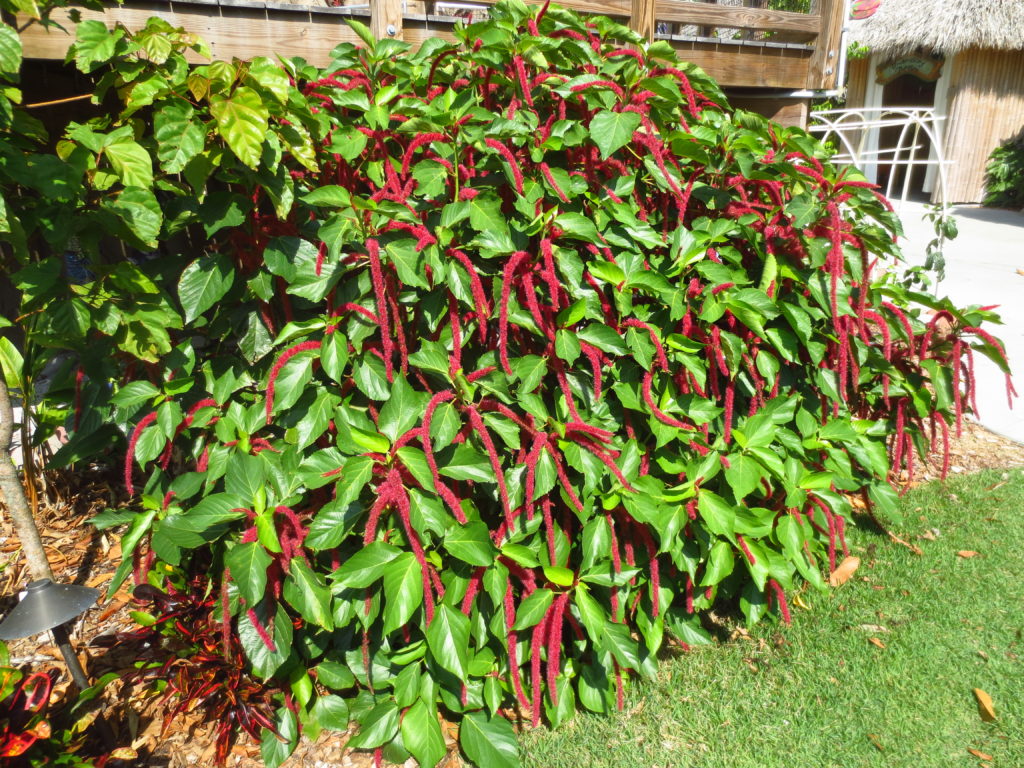
This garden is full of color and scent. Reach out…can you touch that plant? It looks like a pipecleaner, those soft pliable craft items. The long, soft, red bloom is actually a spike covered in hundreds of (male) flowers. It is the red stamens of these—not petals that are the velvety delight in my hands. Nowhere to be seen are the female flowers of this Chenille plant (Acalypha hispida), but the green leaves make a lovely counterpoint to the red softness.
Resources
Bresler, D. (2005). What Every Pain Therapist Should Know About Guided Imagery. Retrieved Dec. 22, 2015, from http://acadgi.com/publications/whateverypaintherapist/index.html
Cleveland Clinic (nd). Guided Imagery. Retrieved Dec. 22, 2015, from http://my.clevelandclinic.org/services/wellness/integrative-medicine/treatments-services/guided-imagery
MacCubbin, T. & Tasker, G. (2002). Florida Gardener’s Guide. Nashville, Tenn.: Cool Springs Press.
WebMD (2014). Guided Imagery: Topic Overview. Retrieved Dec. 22, 2015, from http://www.webmd.com/balance/stress-management/tc/guided-imagery-topic-overview
